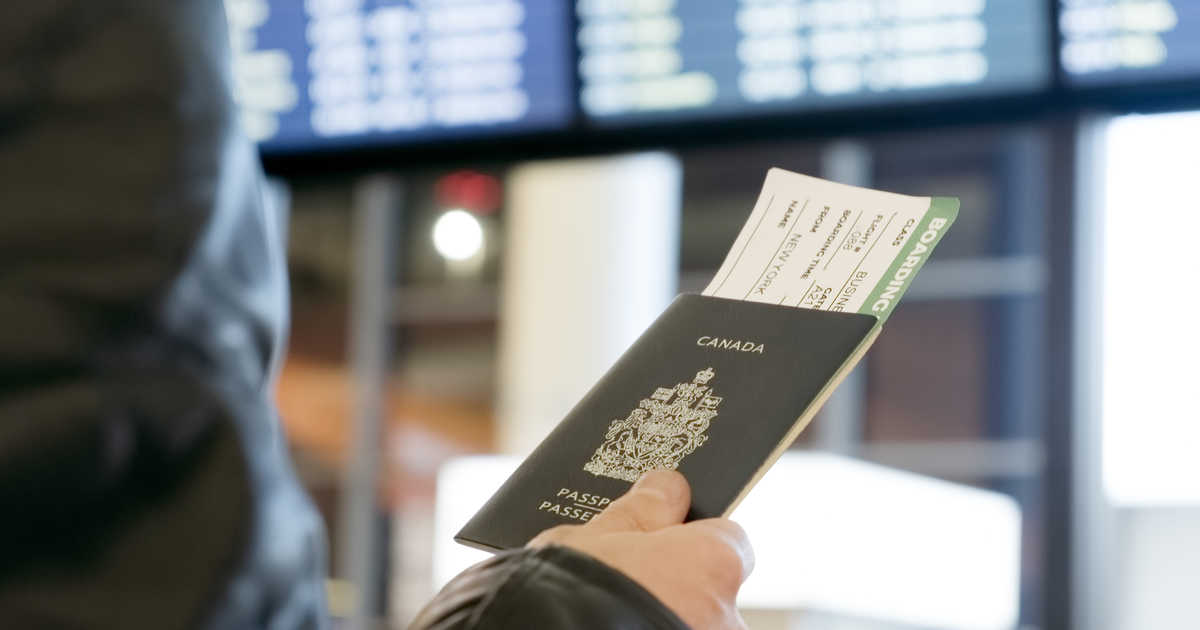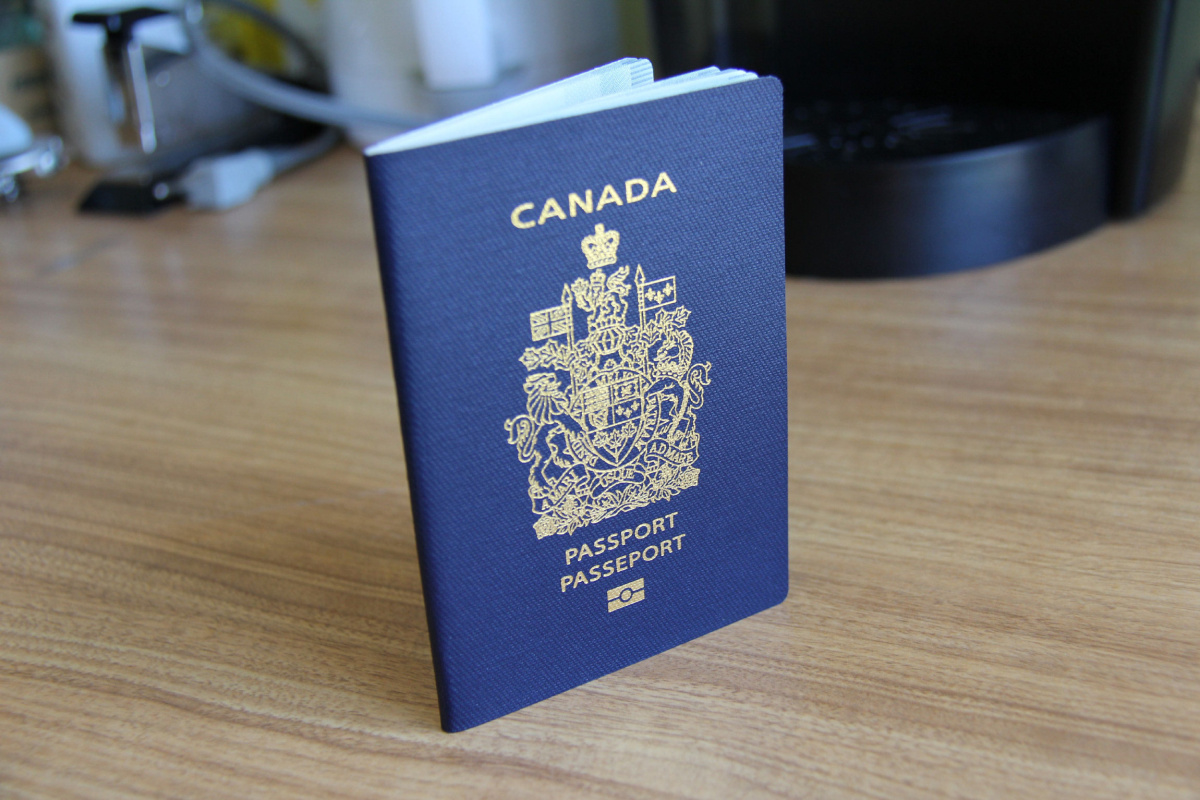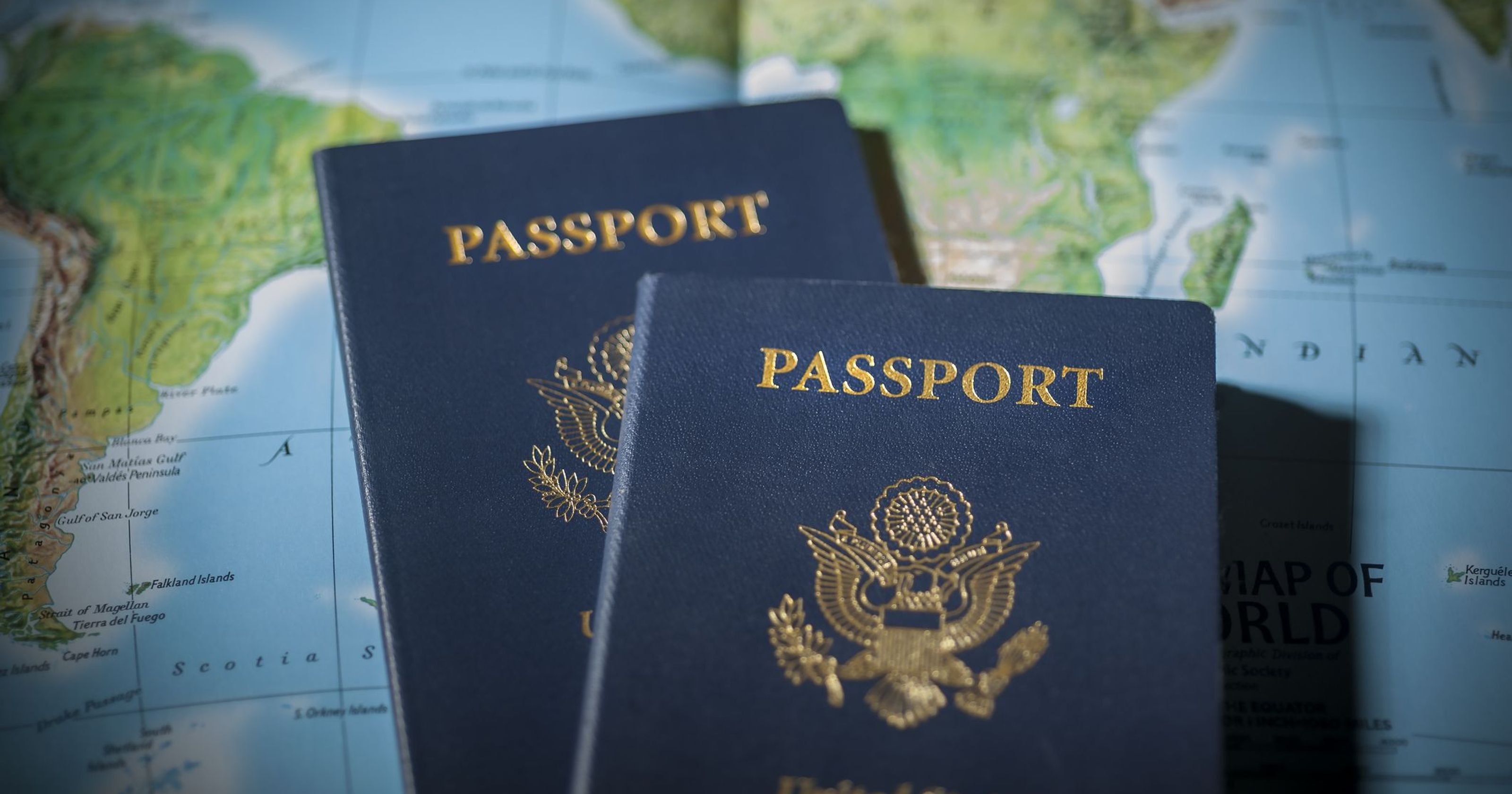You’ve booked your flight. You’re counting down the days. But wait—do you actually know how to apply for your Vietnam visa from Canada in 2025? Don’t let outdated info or …

Thousands of Canadian travelers get stuck at Vietnam airports every year—just because of visa mistakes. Whether it’s a typo in your name or using the wrong website, the consequences are real. This guide helps you apply the right way, the first time. We’ll highlight the most common mistakes that Canadians make when applying for a Vietnam visa online, and provide expert advice on how to avoid them—so you can enjoy your trip with peace of mind and zero surprises.
One of the most common—and costly—mistakes Canadians make when applying for a Vietnam visa online is entering incorrect passport details or travel information. Even a small error like one wrong digit in your passport number, or a misspelled name, can result in your visa being rejected or invalid upon arrival. In many cases, travelers only discover the issue when they are denied boarding or held up at immigration checkpoints.
Another major problem is using the wrong type of photo. Many applicants upload casual selfies or improperly sized passport images that don’t meet the visa photo requirements set by Vietnamese immigration. Along with this, blurry or poorly lit passport scans can also lead to delays or outright rejections. It’s essential to submit a sharp, full-page scan of your passport’s biodata page, and a professional photo taken against a plain white background.
Selecting the wrong visa type or incorrect port of entry is another common pitfall. Choosing the wrong airport or selecting an inappropriate visa category—such as applying for a tourist visa when your actual purpose is business—can raise red flags during immigration checks and may result in denied entry.
Booking flights before receiving visa approval is another risky move. While Vietnam’s visa process is often quick, delays do happen. Some travelers miss flights or must pay high rebooking fees because they assumed their visa would be ready in time. Finally, once approved, some travelers don’t double-check the information printed on their visa letter or e-visa. Mistakes that go unnoticed could still cause entry denials—even if the mistake wasn’t your fault.

The first step to a smooth visa process is choosing the correct visa type. Most Canadian tourists opt for the Vietnam e-visa, valid for 30 days, single entry. However, if you’re planning to stay longer or need multiple entries, the visa on arrival option is more suitable. It’s also preferred for business trips or short-term work assignments. Understand your travel needs before selecting a visa type.
When applying online, always use a trusted and secure platform such as VietnamImmigration.com. This official processing site offers a streamlined experience, expert support, and high approval rates. Beware of fraudulent or confusing websites that mimic official sources. Double-check URLs and make sure the site uses HTTPS security before submitting sensitive information.
Before submitting your application, run through a checklist to ensure every detail is accurate. This includes confirming your full name matches your passport, your travel dates are correct, and your port of entry is properly selected. Upload a recent passport photo that meets size and background guidelines. Your passport scan should be clear, with no glare or cut-off edges. Once submitted, you’ll receive updates by email regarding your visa’s processing status.
You can also check your application status directly on VietnamImmigration.com, or contact their 24/7 support team if you have questions. Don’t wait until the last minute—submit your visa application at least 1–2 weeks in advance, or earlier during peak travel seasons.

If you’re in a rush, consider using the urgent visa service, which can get your application processed in as little as 2–8 hours. This is especially useful for last-minute trips or if you discover your visa is expired right before departure. However, keep in mind that urgent service comes at an extra cost, so it’s better to plan ahead when possible.
Understanding the difference between e-visa and visa on arrival is essential. E-visa is suitable for short-term visits with a fixed itinerary, while visa on arrival offers more flexibility, especially for business travelers or those who need extended stays or multiple entries.
Another pro tip is to plan your visa timeline carefully. Even if the official processing time is listed as 3–5 working days, unforeseen delays can occur. National holidays in Vietnam, high-volume periods, or document issues could push your approval further. Always build a buffer into your travel schedule, and monitor your email regularly for updates or requests for additional information.
Most importantly, choose a visa provider that offers full support—not just a form to fill out. Services like VietnamImmigration.com go beyond just submission; they verify your documents, provide expert advice, and ensure your approval letter or e-visa is valid and ready. Their experience and 24/7 assistance can be the difference between a smooth entry and a costly delay at immigration.
Avoid headaches, delays, and wasted flights. The Vietnam visa application process for Canadian citizens in 2025 doesn’t have to be stressful—if you know what to watch out for and where to apply. Follow this guide, avoid the traps, and apply smart with trusted services.
→ Click here to start your safe visa application: https://www.vietnamimmigration.com/apply-vietnam-visa/

You’ve booked your flight. You’re counting down the days. But wait—do you actually know how to apply for your Vietnam visa from Canada in 2025? Don’t let outdated info or …

In 2025, if you’re a US citizen planning a trip to Vietnam, one of your first big decisions will be: should you apply for a visa through the traditional embassy …

Planning your long-awaited trip to Vietnam but feeling overwhelmed by the visa process? You’re not alone. Every year, thousands of US citizens face delays, confusion, or missed trips simply because …

